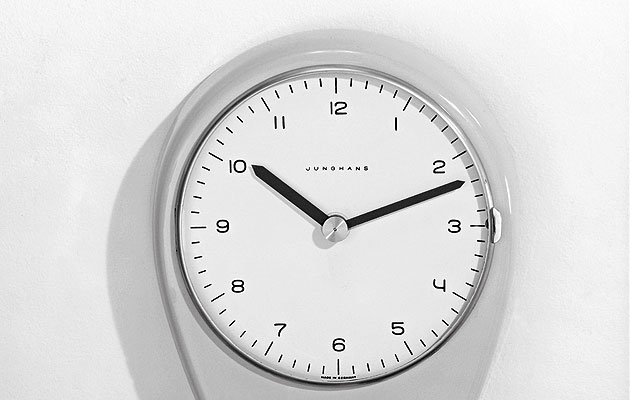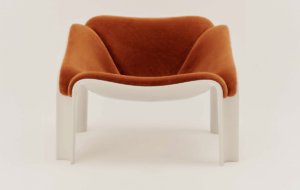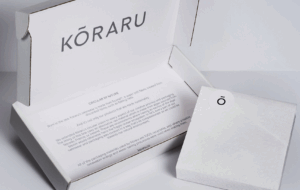|
Kitchen clock with timer by Max Bill for Junghaus, 1956-7 (image: Rene Groebli) |
||
|
Max Bill. the modernists’ modernist, was a dogmatic, moralistic, high-minded and anti just about everything – but we could use a few more like him, says Justin McGuirk “It is becoming apparent that ‘designers’ … have very little imagination, and only rarely go beyond the everyday – indeed, even then, they’re not able to acquit themselves honourably. The activity of the designer, as it is practised, taught and invoked, is not unlike that of the hairdresser.” This is Max Bill writing in 1964. Self-assured, high-minded and utterly damning, Bill was good value for money when he was in full flow. Designers almost never commit their thoughts about other designers to paper. Indeed, it’s rare for designers to commit their thoughts to paper at all. As genres go, designers’ writings is a small one. Which is one of the things that makes Bill a compelling character, and why this new volume is a welcome addition to the Architectural Association’s Architecture Words series. In fact, many of the essays in this book were actually lectures, but they were exactingly written and they show Bill to have been one of the 20th century’s sharpest design thinkers. A student of the Bauhaus in the 1920s, an acolyte of Theo van Doesburg in the 1930s and one of the founders of Hochschule für Gestaltung in Ulm in 1950, Bill is often assumed to be a quintessential modernist. Yet this book reveals that he is rather more difficult to pin down than that. I would have called him a functionalist, until I read his criticism of functionalism as “a pseudo-solution”. He thought it was self-conscious styling – and if there is one thing that Bill couldn’t stand, it was style. I doubt any designer has thought harder about the form of objects. For Bill, form was quite simply a moral issue, a matter of right and wrong. And that’s why he accuses designers of being hairdressers, because he felt most consumer objects were the product of styling, a kind of propaganda to bewitch consumers. Every opportunity he gets in these essays, he blames this development on the Americans. So if he wasn’t a functionalist and he wasn’t a consumer product designer – or, what he calls, in the essay On Expensive Junk, a “waste-maker” – then what was he? Well, Bill believed in beauty. Not the “in the eye of the beholder” variety, but objective, rational beauty. He calls it “the good form” (die gute form). And, as the title of the book makes mathematically clear, when you find that form you arrive at a mystical quality called “gestalt”. You could describe it as a kind of product nirvana. Take the humble spoon. You don’t find its perfect form by reducing it to its essence, because that would be styling. No, it’s about finding the “constant” spoon. And once you find the constant, Bill argues, styles will disappear. Now, as to whether Bill’s own spoons achieved that, I don’t know. In fact, I doubt anyone other than himself would have. His rhetoric treads a very fine line, arguing for the constant and yet stating that “fashion has a part to play in contemporary life”. Where the goal posts stood exactly probably only he knew. Yet the writing remains persuasive. While some of what he says sounds dated and dogmatic, much of it is even more valid today than half a century ago. In 1953 he attacks manufacturers for the culture of built-in obsolescence. In 1958 he skewers the notion of popular taste, describing it as “not what consumers generally want but rather what manufacturers think is easiest to sell them”. You won’t find many more astute analysts of object culture. And if we could just strip away the moralising and update the language, the principles Bill stood for are more important today than ever.
Form, Function, Beauty = Gestalt, by Max Bill, Architectural Association, £12 |
Words Justin McGuirk |
|
|
||



















